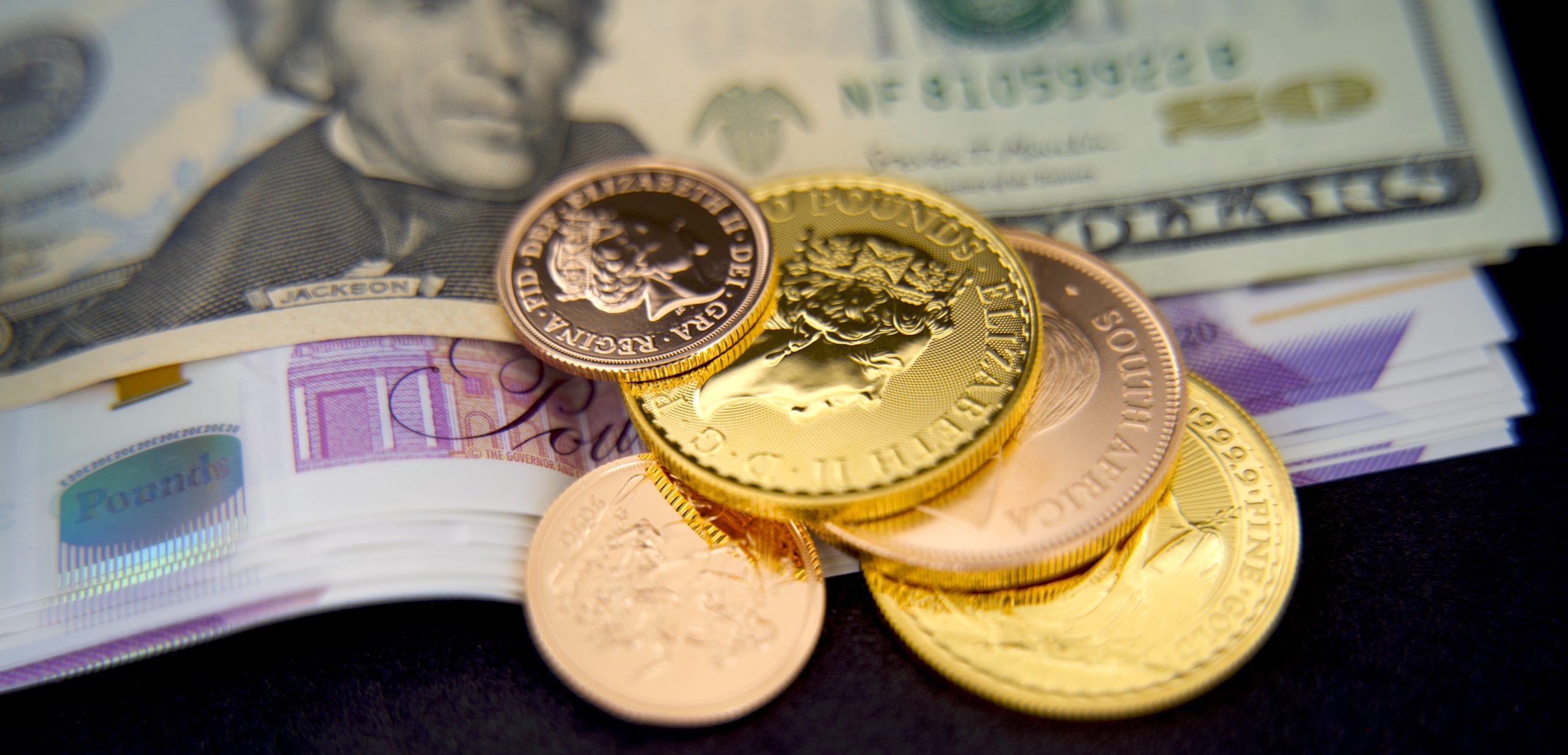Why Everyone Is Talking About Gold?
You’ve noticed every day we get news about the gold price. Gold up by X% at $2,000 per ounce by X time, after hitting an all-time high of… and so on! But do you understand what this is about and how to taste the shiny cake?
As always, this article is purely based on my opinion and my views. All investments can go up and down quickly and unexpectedly so if you intend to invest, you should seek professional advice.
This article is not intended for Wall Street individuals but for ordinary folks willing to understand what’s in the news at the moment. In this sense, I’ll keep it very simple.
To understand why everyone is talking about gold, first we need to understand what’s a portfolio, what’s special about gold and finally if it makes sense for you to take part.
What’s A Portfolio?
This is a group of financial assets such as bonds, stocks, currencies, funds, cash, commodities and other alternative assets with the expectation that it will grow in value over time and potentially you earn a return within a certain risk tolerance.
We all have a portfolio somehow, right? Think about your pension plan as a group of financial assets (stocks, bonds, funds and other) managed by somebody (Portfolio Manager) trying to make good decisions (active or passive management) so you can get more value over time (changing risk profile over the years as you get close to retirement). That’s one way of thinking the portfolio.
Another way of understanding the portfolio is with Real Estate. Bricks. You’re probably owning a house or perhaps you’re in the process of buying it. This might be part of your portfolio. Some people might say your house is not an investment and this is true because it doesn’t really generate cash flows. But I want to make this relatable, so let’s assume it’s your second house and you plan to get some tenants so you’ll get some money in every month. You also have a bit of cash that you aside in your saving account. Therefore, we can say your portfolio has Physical Real Estate and Cash. Good!
There’s an asset class called Commodities. These are basic goods used in commerce that are interchangeable with others of the same type. Generally, they are used as inputs in the production of other goods or services. There are soft and hard commodities. Soft are mainly agricultural products or livestock (i.e. corn, wheat, coffee, sugar, soybeans, meat). Hard are typically natural resources that must be mined or extracted (i.e. gold, oil, rubber).
As you can now see, gold is a type of hard commodity that can be included in any portfolio with the expectation of growing value over time and hopefully earning a return.
As everything in life, it’s important to strike a good balance. Not too much, not too little. Just the right balance.
Why People Buy?
I’m not going to bother you with the history of gold but it’s important to say that for ages, gold has been used as a currency and value indicator. In other words, a way of building wealth.
Nowadays it’s not really a currency (except for some corner cases) like in the past and it’s used more as a way of diversifying wealth (your portfolio!) offering insurance and protection during crisis.
You can also verify that gold price spiked in every major crisis in history.
Logically, people tend to lose faith in governments and banks during these periods and want to protect their money in a safe haven asset. Well, to be honest, there’s no safe asset.
My point is that this asset has a long tracking record and increased its value (not just price) throughout history. Increased and decreased of course as every period with volatility but ultimately ended up in the positive side.
What Drives The Price?
Gold price is driven mainly by: fiat currencies (dollar, euro, pound, etc.), inflation, stock market and supply and distribution
As fiat currencies go down, the gold price increases as it’s a result of speculation that the metal will be in demand because of the worldwide accepted value.
Inflation because fiat currencies can be printed without limitation. In other words, if we have too many notes in the market, value would likely decrease and because gold can’t be printed, it’s more reliable during inflation periods as well as uncertainty.
Stock and Gold tend to be negatively correlated. If the stock price goes down, then gold price goes up. Why? Well, when there’s uncertainty in the market, investors tend to lose faith in some firms generating their stock prices to go down… and as we mentioned, people need to trust something else too! Hence, gold goes up.
Like every product, if more people want to buy, then it becomes more valuable but at the same time if more supply, then the value goes down simply because it’s less rare. Controlling supply and distribution is another key factor that will drive the price.
Should I Buy Gold?
You now have a basic understanding of Gold, so you can see why prices are breaking through the $2,000 an ounce for the first time ever. The pandemic kicked the stock market turmoil, fiat currencies started to go down, inflation started to go up, people seeking a haven asset… and guess what, yes Gold is going up friends.
There are different forecasts saying that gold can reach $2,300 in the next 12 months and $3,000 by the end of 2021. There’s also an interesting analysis by Charlie Morris (Head of Multi Asset at Atlantic House Investments) stating that it can go up to $7,000 in the next decade.
There are 2 recommendations I can offer you that apply to anything you try to do in life:
- Past success does not guarantee future performance, so even if the metal can be appealing, it’s important you do your own research and seek professional advice.
- Never put all your eggs in one basket. Don’t concentrate all efforts and resources in one area, as you could lose everything.



